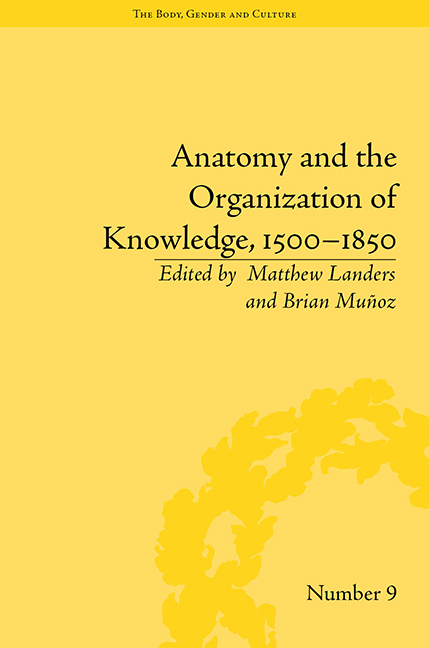Book contents
- Frontmatter
- CONTENTS
- List of Contributors
- List of Figures
- Introduction
- Part I The Body as a Map
- Part II The Collective Body
- 6 Mirroring, Anatomy, Transparency: The Collective Body and the Co-opted Individual in Spenser, Hobbes and Bunyan
- 7 From Human to Political Body and Soul: Materialism and Mortalism in the Political Theory of Thomas Hobbes
- 8 Visualizing the Fibre-Woven Body: Nehemiah Grew's Plant Anatomy and the Emergence of the Fibre Body
- 9 Forms of Materialist Embodiment
- Part III Bodies Visualized
- Notes
- Index
7 - From Human to Political Body and Soul: Materialism and Mortalism in the Political Theory of Thomas Hobbes
from Part II - The Collective Body
- Frontmatter
- CONTENTS
- List of Contributors
- List of Figures
- Introduction
- Part I The Body as a Map
- Part II The Collective Body
- 6 Mirroring, Anatomy, Transparency: The Collective Body and the Co-opted Individual in Spenser, Hobbes and Bunyan
- 7 From Human to Political Body and Soul: Materialism and Mortalism in the Political Theory of Thomas Hobbes
- 8 Visualizing the Fibre-Woven Body: Nehemiah Grew's Plant Anatomy and the Emergence of the Fibre Body
- 9 Forms of Materialist Embodiment
- Part III Bodies Visualized
- Notes
- Index
Summary
The beheading of Charles I signalled the end of the traditional theory according to which the king had two bodies: his own natural, mortal one and also an immortal one – the Commonwealth itself. Drawing from Scripture (Matthew 18:9), James I, Charles I's father, had argued that in times of rebellion the head of the Commonwealth may be forced to cut off some ‘rotten members’ to preserve the integrity of the rest of the body. He did not foresee that the body would cut off its own head in order to free itself from an unwanted political life. According to Katherine Bootle Atie, Thomas Hobbes (1558–1679) shared the general interest of his contemporaries to resuscitate the metaphor of the immortal body of the state ‘[i]mbuing political discourse with more vitality than any other writer that century’. This essay argues on the contrary that, after the social and political upheavals of the Civil War, Hobbes had no intention of returning to a conception that was divorced from the new political realities and instead preferred to place in the centre of his political theory the idea of the mortality of the political body. Hobbes developed his political theory in analogy with his materialistic view of the human body. Drawing a close parallel between the natural and the artificial bodies enabled him to build a coherent political theory of the state as an autonomous ‘artificial man’.
- Type
- Chapter
- Information
- Anatomy and the Organization of Knowledge, 1500–1850 , pp. 99 - 112Publisher: Pickering & ChattoFirst published in: 2014

